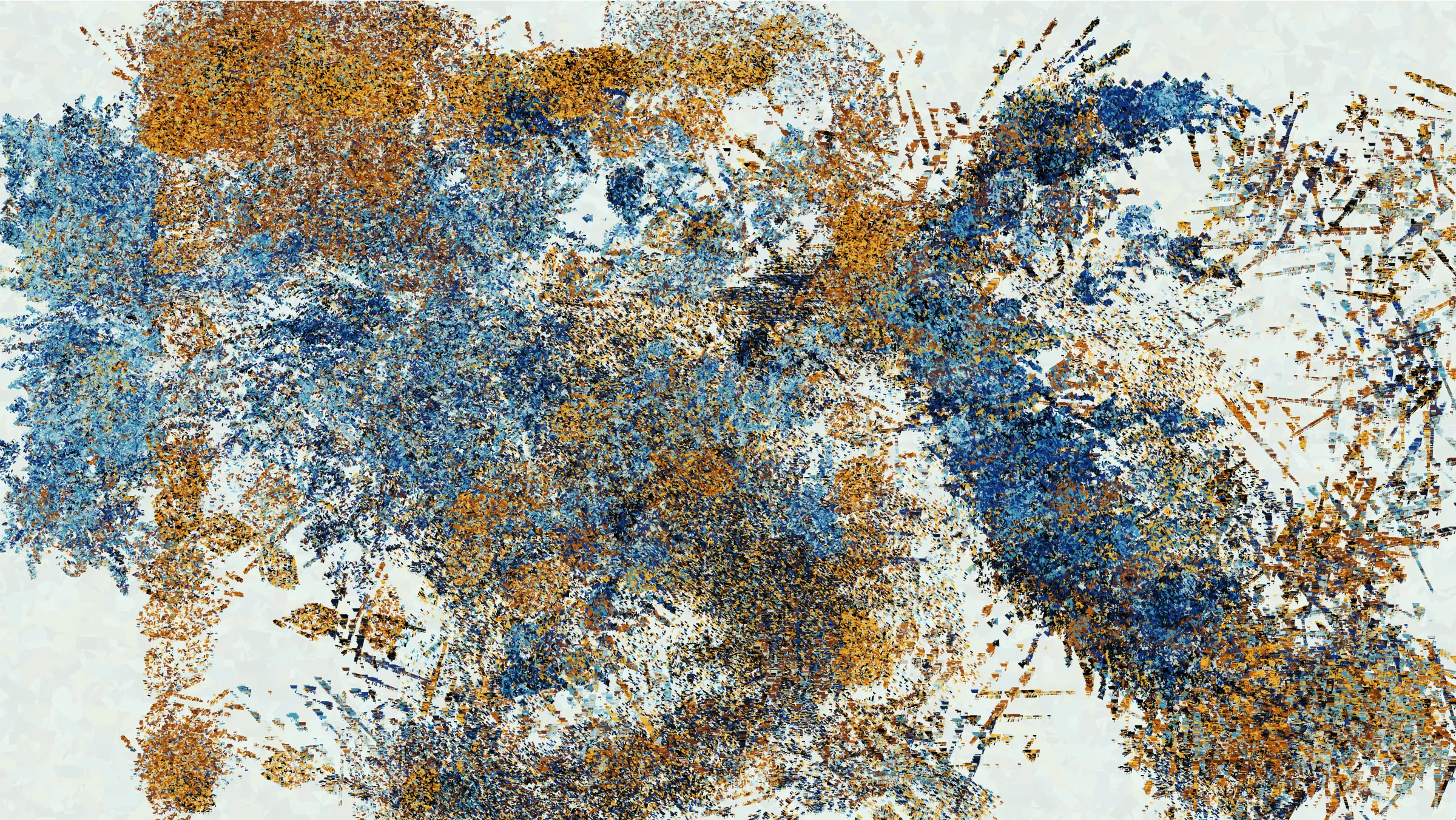Through Curved Air #24
From
Through Curved Air
Art Blocks Collection: Presents
Project Description: How can intent be communicated when ideas are filtered through a pseudorandom number generator? Simply looking at the output does not ...
Articulation
staccato
Brush
parallelogram
Fortissimo
False
Margin
small
Palette
Murmuration
Performers
quintet
Sides
6
Size
-0.2321328863053317
Stroke
expressive
Through Curved Air
Articulation: staccato
- Purchased by 0xD64...5d239$166
- Transferred to 0x227...cf0Fc
- Purchased by 0xdAC...99BB0$239
- Transferred to 0x704...39EA2
- Purchased by 0x91B...dBFd8$230
- Transferred to 0x5d0...8FE7F
Activity
| Artwork | Price | From | To | Time |
|---|
